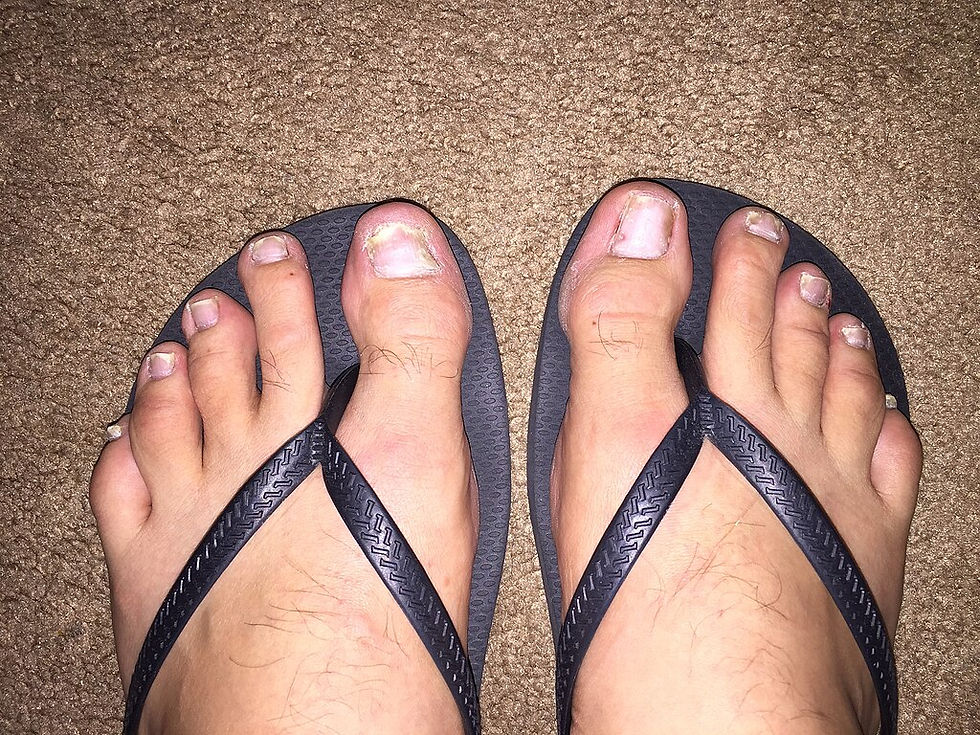Potential target to prevent psoriasis recurrence identified
- by John Evans, Associate Editor
- Sep 29, 2017
- 2 min read
Researchers have identified a population of T cells that remain active in the skin of psoriasis patients after lesion clearance, potentially explaining why resolved skin lesions recur in the same sites, according to findings published in The Journal of Clinical Investigation (Sept. 25, 2017).
In a press release, corresponding author Dr. Rachael Clark said that for a long time researchers have attempted to identify a cell population that continues to be active after psoriasis appears to resolve. Finding a specific population of T cells that drives the condition has been challenging, however, since when psoriasis is active the lesions contain a diverse population of T cells.
Dr. Clark, a physician scientist in the Department of Dermatology at Brigham and Women’s Hospital, said that she and her colleagues, rather than studying the skin during the height of psoriasis activity, examined lesion sites after treatment. They identified T cell receptors of cells at these sites that were shared across psoriatic patients but not found in healthy individuals or those with other skin conditions.
“When psoriasis is treated, T cells that flooded in during inflammation recede like the tide,” said Dr. Clark. “They leave behind a population of cells that stand out.”
These remaining T cells are tissue resident memory cells, which normally help the body fight off future infections. However, the press release notes that for patients with psoriasis, these cells may be the source of the misguided immune response that leads to red, inflamed patches on the skin.
Examining biopsies taken from the same skin sites when lesions were active and after therapy had cleared the lesions, the investigators found that the resolved lesions contained populations of T cells that produced interleukin (IL)-17, a marker of inflammation. Those cells also shared genetic code for certain antigen receptors—receptors only found in cells from patients with psoriasis, not in the cells of healthy controls or individuals with atopic dermatitis.
This finding, they say, highlights that current psoriasis treatments only temporarily suppress the activation of these lesion-causing T cells, rather than destroying them.
Having identified this cell population that appears to drive lesion reccurrence, the investigators say they plan to search for therapies that would deplete the population of these resident T cells and might potentially allow for long-term remission.
“We believe these resident memory T cells are the root of the problem. Imagine these cells are teenagers throwing a party. They invite lots of other cells to the site of the party, making it hard to identify them while the party is in full swing. It’s only after inflammation dies down and everyone else goes home that we can see these culprits,” said Dr. Clark. “A small number of cells can cause so much trouble. But depleting this population of cells may be the key to slowing down this disease or preventing its recurrence.”



Comments